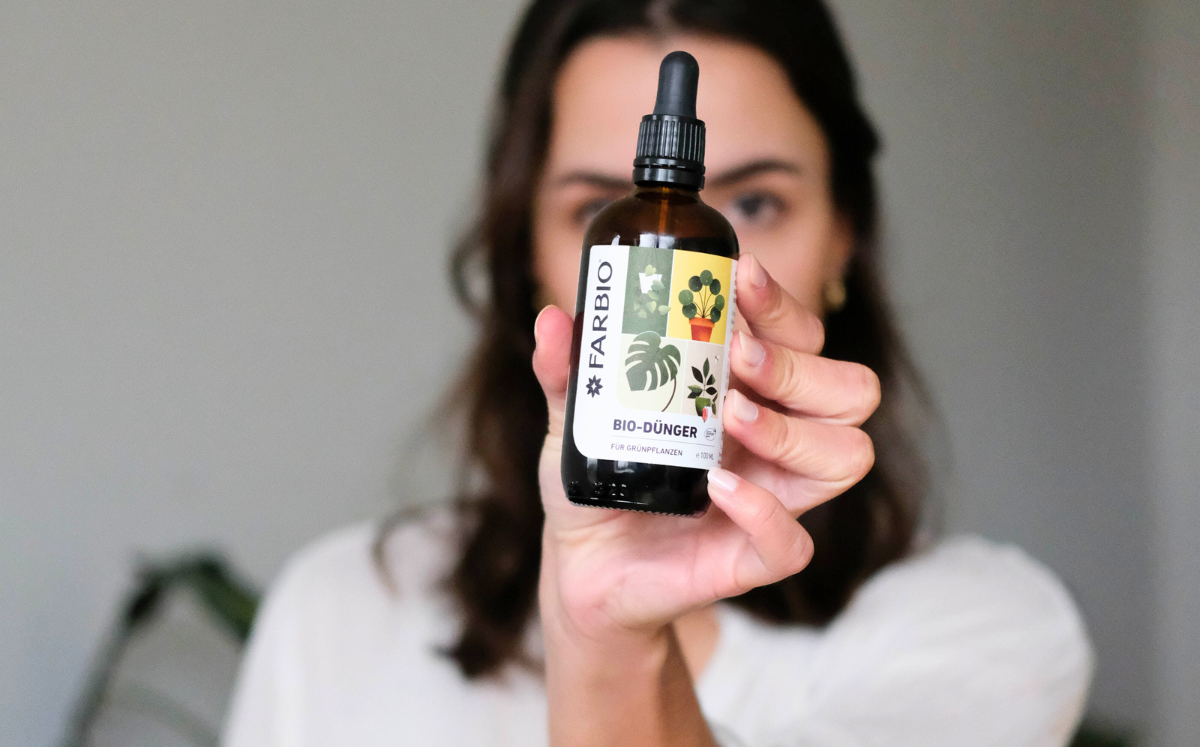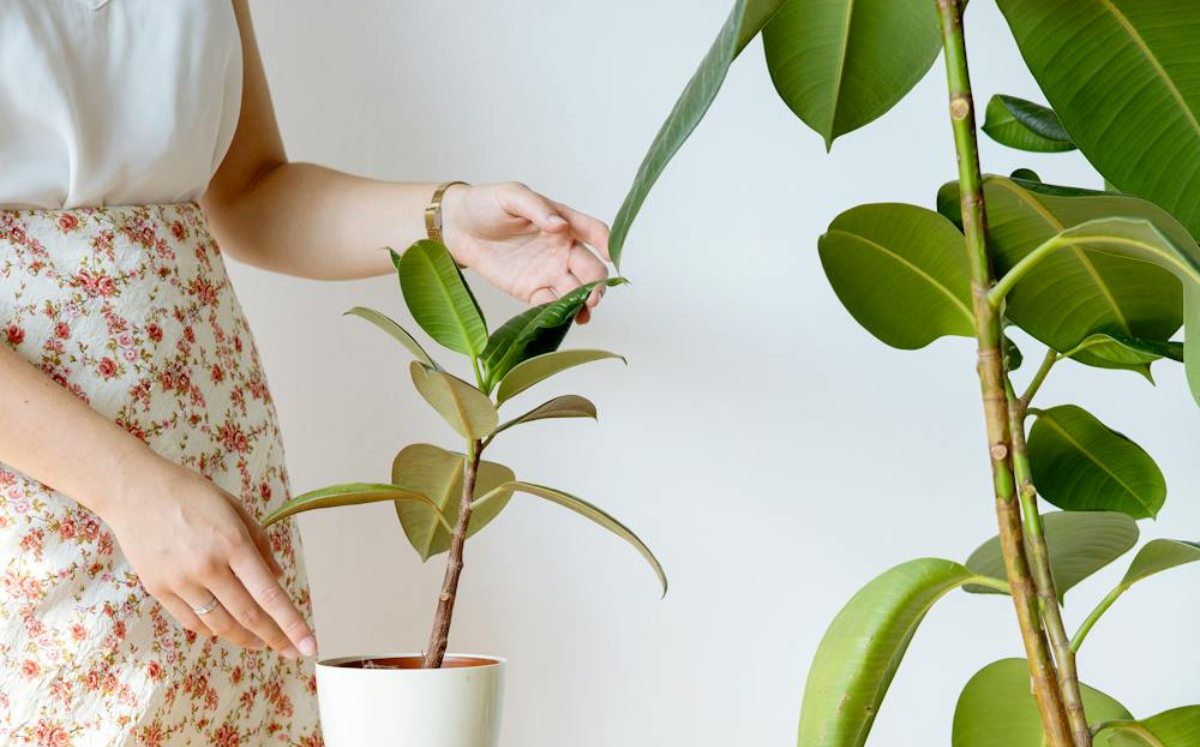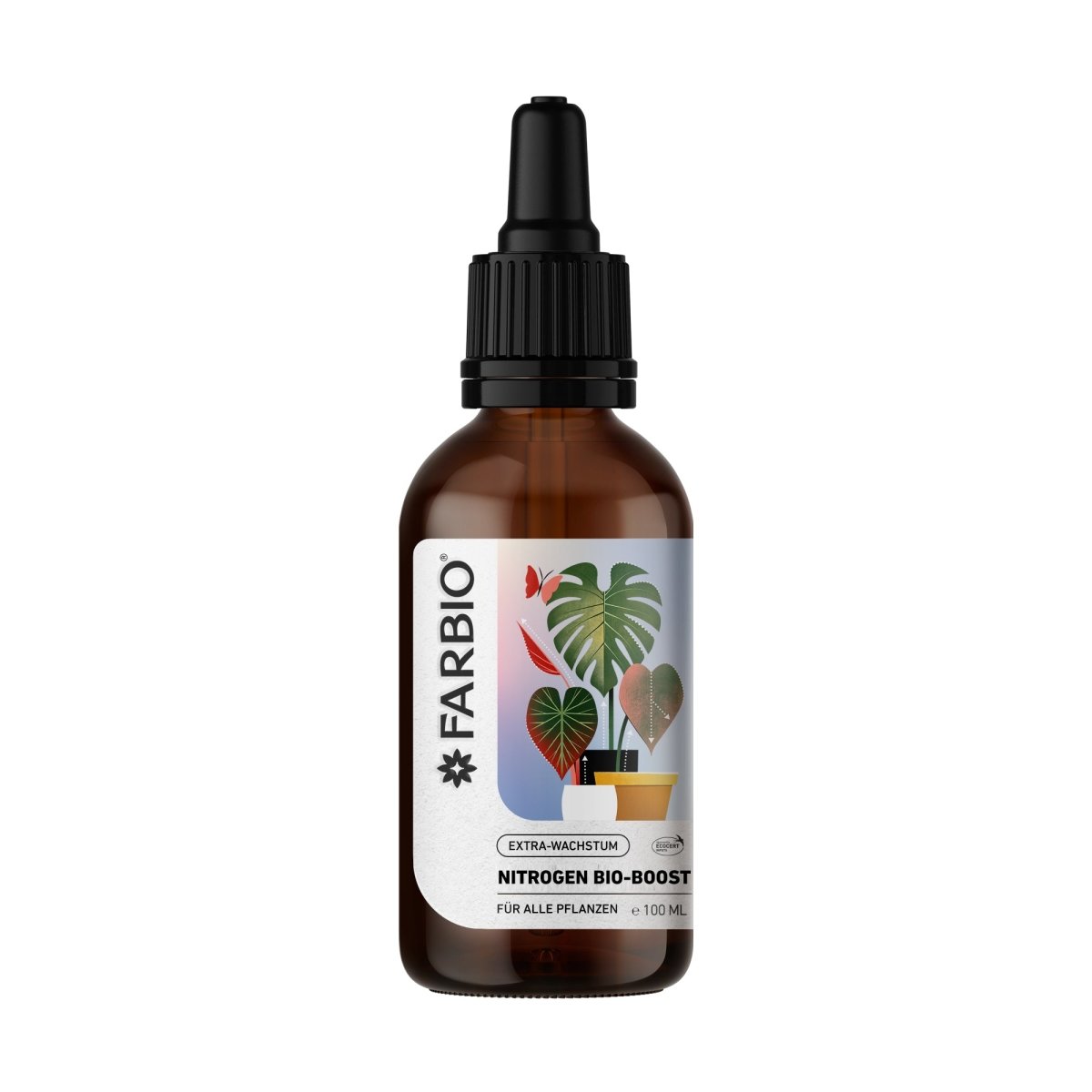The rubber tree (Ficus elastica), which can grow up to 2 meters tall in our country, is an indispensable evergreen houseplant. It belongs to the fig family and has its origins in East India and Indonesia. It belongs to the mulberry family. Its leaves are usually dark green or yellow variegated and its bark secretes a latex-like secretion when it is injured. This can be used to make rubber, hence the name rubber tree.
Everything about caring for the rubber tree (Ficus elastica)
This sturdy houseplant can reach a considerable height, so in the long term it will need a stake to which it can be attached in order to maintain an upright shape. It is important to note that the leathery leaves often collect dust and therefore need to be wiped down regularly with a damp cloth.

The right location for rubber trees
Rubber trees thrive in a bright location, but they should be protected from direct sunlight as this can cause the leaves to burn. A location with indirect light or light partial shade is also ideal. Temperatures of around 18 degrees Celsius are optimal for the growth of the rubber tree. However, drafts should be avoided!
Repotting rubber plant: When and how?
The rubber plant should be repotted every few years, preferably in spring when rapid growth begins again. Be sure to choose a pot that is slightly larger than the previous one to allow room for root growth. When repotting, it is important to gently loosen the root ball and ensure that the plant is at the same height in its new pot as before.

The right substrate
A loose, well-drained soil that is rich in nutrients is suitable for the rubber plant. A mixture of commercially available, but still high-quality potting soil and perlite is ideal for avoiding waterlogging and at the same time ensuring good air circulation around the roots. In this video you will learn everything about substrates for houseplants!

Watering and fertilizing rubber trees
Watering the Ficus elastica should be moderate, and you should make sure that the soil dries out slightly between waterings. Waterlogging of plants should be avoided at all costs, as this can lead to root rot. You can find out more about this in this article.
Caring for rubber trees can be easy: During the plant growth period in spring and summer, the rubber tree can be fertilized every two weeks with a liquid green plant fertilizer.

Are you looking for a sustainable organic fertilizer for your Ficus elastica? With the FARBIO® organic fertilizer you provide your rubber tree with all the important nutrients for optimal growth. Do you want your plant to have intense green leaves and lots of large leaves? Then we recommend our special fertilizer: FARBIO® Nitrogen Bio-Boost . This can simply be sprayed onto the leaves.
Is the rubber tree poisonous?
The rubber tree is slightly poisonous to humans and animals. The plant contains milky sap that can cause skin irritation. If consumed, symptoms such as gastrointestinal complaints, vomiting and diarrhea can occur. It is therefore important to keep this plant out of the reach of children and pets.
Propagating rubber trees: tips and tricks
The rubber tree can be propagated by cuttings. To do this, cut off a healthy shoot that has at least two pairs of leaves and place it in a glass of water. Place the cutting in a warm, bright place. After a few weeks, small roots should have formed and the cutting can be transferred to a pot with soil.

What to do if there are pests on the plant?
Pests such as spider mites, aphids or scale insects can occasionally attack the Ficus elastica. If an infestation occurs, it is important to act quickly to prevent the spread. One option is to treat it with neem oil, which is especially suitable for houseplants. The pests should also be wiped off with a cloth sprayed with water or rinsed off with a jet of water beforehand.
What to do if the rubber tree sheds leaves? You will find out in this article.















